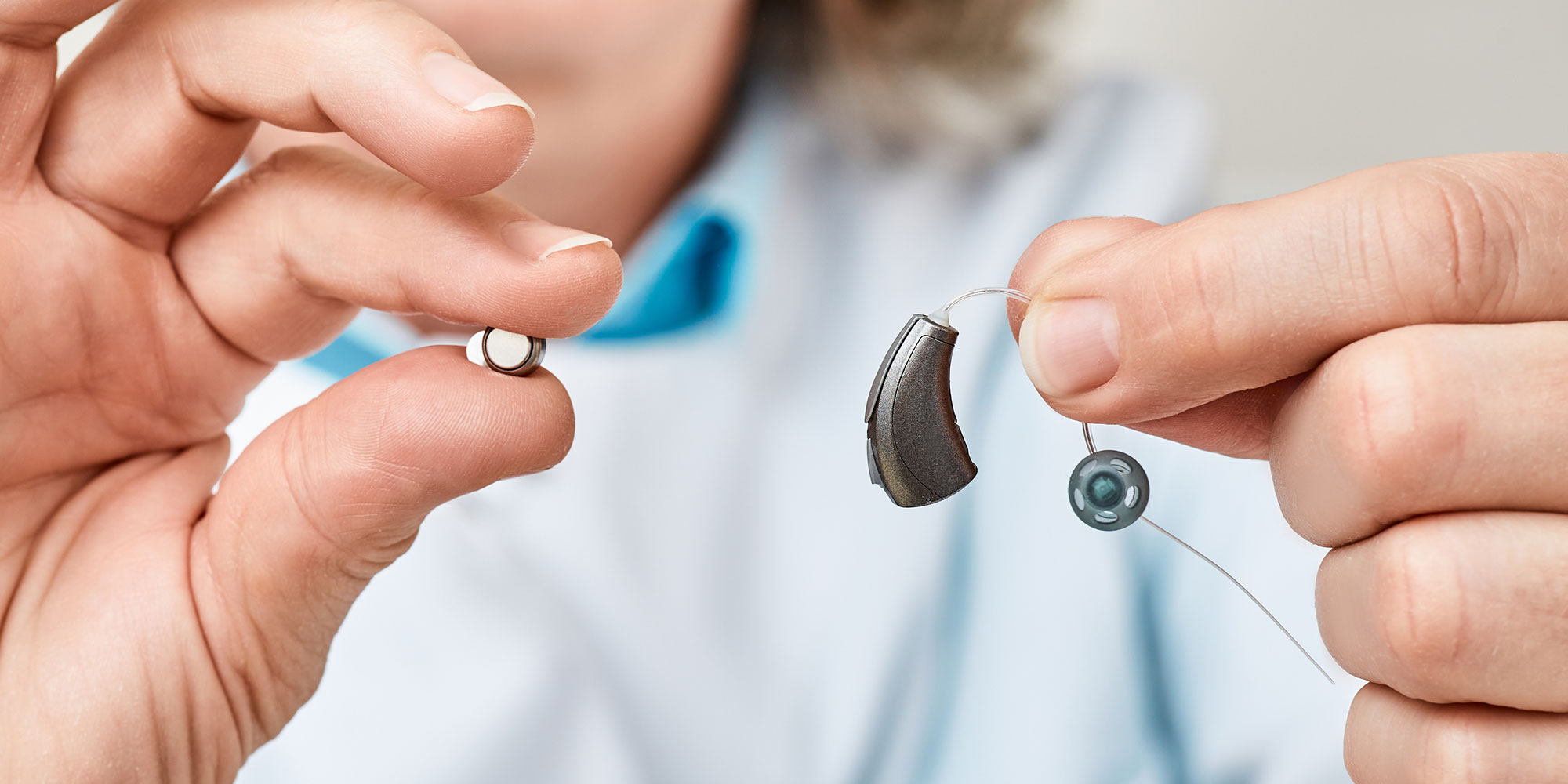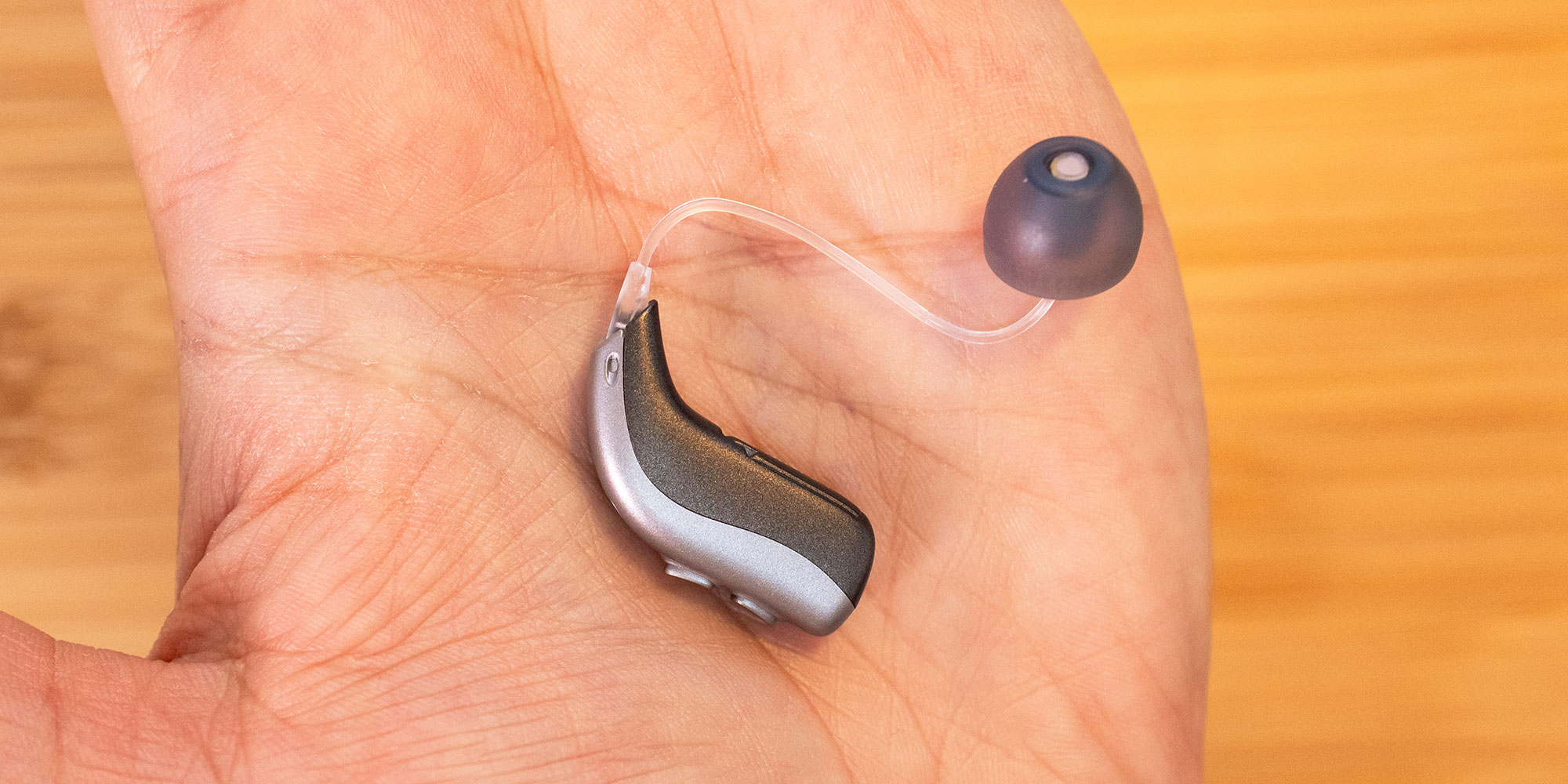The true cost of hearing aids: 7 expenses you need to know about

While most people get their hearing aids for free through the NHS, around a fifth of hearing aids are bought privately.
According to our research, people pay an average of £2,850 for a pair of hearing aids, but this isn’t the whole picture. There is a range of extras you may need to spend money on, which can increase your costs.
If you have NHS hearing aids, all follow-up appointments, disposable batteries for non-rechargeable models, replacement parts and repairs are free, as well as the hearing aids themselves. This may not be the case with private hearing aids.
All private hearing aids come with a warranty of at least two years, during which most of these things are usually included. The length of your warranty and exactly what’s covered vary depending on where you get your hearing aids, though.
For example, Scrivens offers a two-year warranty, which includes supplies of items such as disposable batteries and wax traps. Boots Hearingcare provides a two or four-year warranty, depending on the hearing aids you get, but batteries are extra. You can pay for an extended warranty with some providers.
All the major high street providers give you free follow-up appointments over the life of your hearing aids.
On the other hand, some independent audiologists unbundle the aftercare from the cost of the hearing aids, which means you could pay less initially but have to pay extra for appointments after an initial period. However, they might throw in items such as batteries, wax traps and replacement domes for free.
Here we look at seven additional costs you could face and how much you can expect to pay. Check the length of your warranty and what’s included to find out which ones might apply to you.
Annual costs are estimates and based on current prices and expert knowledge.
If you’re considering hearing aids, visit our guide to the best hearing aid providers based on our survey of hearing aid users.
Eat well, live better, stay healthy – sign up for our free Food & Health newsletter for the latest insights delivered straight to your inbox

1. Disposable batteries
Almost nine in 10 hearing aids bought privately are rechargeable, according to industry figures, so most people don’t have to worry about the c
How long yours will last depends on how you use them and the size of battery your hearing aids take. They’ll run out faster if you stream to them frequently using your smartphone, or if you’re often in a noisy environment; they'll last longer if you keep streaming to a minimum and are usually in quiet places.
If batteries aren’t included with your hearing aid provider, buying them online in multipacks can cut the cost by more than half compared to buying them from a high street retailer. You can buy a box of 60 batteries for as little as £12 plus delivery.
Annual cost: £27
2. Wax traps
Wax traps – also known as wax guards or filters – prevent earwax from entering your hearing aids and impairing their proper functioning. Most types of hearing aids have them.
How often you need to replace them depends on how much wax your ears produce and the type of hearing aids you use. The position of the receiver in your ears can affect how susceptible you are to problems caused by wax.
They should be replaced at least every three months, but some people may need to change them as often as once a week or more frequently.
You can buy a pack of eight wax traps for around £5, which would last you for four months, changing them once a month.
Annual cost: £15
3. Replacement domes
If you have behind-the-ear or receiver-in-the-ear hearing aids, silicone or plastic domes are fitted to the end of the receivers and go directly into your ears. They need to be replaced at least every three months as they become discoloured and damaged over time.
Depending on the brand, you can buy a pack of 10 for about £8.50. This would last for more than a year if you changed them every three months.
Read more about hearing aid types to find out about the different options available.
Annual cost: £7

4. Replacement receiver wires
These are the wires that connect the part behind your ear to the receiver on receiver-in-the-ear models. They may need replacing once a year or at least once during the life of your hearing aids.
They’re usually included as part of the warranty, but if they break after the warranty has expired, you’ll need to pay for replacements. They can cost £40 to £70 per hearing aid.
Annual cost: from £80 per pair

5. Assistive devices
Even if you wear hearing aids, you might still find assistive devices helpful in certain situations – when you’re watching TV or having conversations around a table at a dinner party, for example.
You can buy TV streamers, remote microphones, and table microphones that pair wirelessly with your hearing aids, to help you hear more clearly in these situations.
'TV streamers are good because they turn your hearing aids into headphones so you get the sound in both ears. It makes watching TV a more pleasant experience,’ says audiologist Louise Overton. ‘Or if you have severe hearing loss, you don’t lose any sound quality by having to turn the TV up too loudly.’
They can also be helpful if you live with other people who don't have hearing loss, as you don’t need to turn the TV up to a volume that’s too loud for everyone else. Some only work with specific hearing aid brands as they're made by the hearing aid manufacturers themselves.
You can get a TV streaming device from £125. While it’s a big upfront cost it could last you for five years or more.
Annual cost: £25
6. Earwax removal
Earwax can play wreak with your hearing aids, so you may need to have the wax removed every six months. Your audiologist will be able to determine if you need this when they examine your ears during follow-up appointments.
It’s usually done with microsuction, where a small suction device is inserted into your ear. It may be done by your audiologist or someone else. However, it’s essential to ensure that anyone performing wax removal is qualified and experienced, as it’s not currently a regulated activity.
You may be able to get it done for free on the NHS, but it’s not available in many areas. Private earwax removal for both ears costs £50-£90. Boots, Scrivens and Specsavers all charge £60.
Annual cost: £120

7. Repairs
If your hearing aids need to be repaired by the manufacturer after the warranty has ended, you’ll need to pay for it. Some types of repairs may also not be covered by your warranty, such as accidental damage.
The average repair cost is around £100, but if you've had your hearing aids for more than five years, the charges can be around £200 or more.
‘In my experience, around a third of hearing aids need a manufacturer repair at some point,’ says audiologist Stuart Harris.
'You can expect your hearing aids to last for at least five years before they need replacing, and you may need to pay for one repair during their lifetime if they're not within a warranty period. As repair costs can be higher for models over five years old, people will often buy new ones at this point.’
If you need new hearing aids, find out more about hearing aid prices.
Annual cost: £20
Other costs
There are a number of other costs you could face. If you have rechargeable hearing aids and the docking station for charging them breaks, you’ll need to replace it. They can cost around £100 to £200.
If you lose one or both hearing aids, they should be covered by your home contents insurance, but you’ll still have to pay your policy’s excess. Make sure you have personal possessions insurance so they’re covered when you’re away from home, and check whether your hearing aids need to be specified as high-value items.
Best anti-snoring devices - our independent test with real snorers uncovers which gadgets can help to reducing snoring at night



